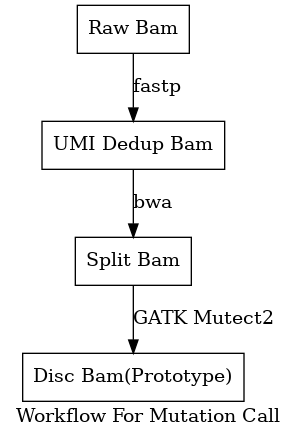When developing software, whether for presentation or to organize thoughts, using flowcharts is often necessary. Instead of using a drawing board or Word, which can be time-consuming when the diagram becomes complex and needs frequent updates, a tool like Markdown that allows you to focus on content rather than form is very important.
Graphviz is a script-based graph visualization tool that can create many types of graphs. Currently, I only use flowcharts. To create a flowchart, you need to write a .dot formatted file, which looks like this:
1 | digraph workflow{ |
I divided the above code into three parts:
- The first part sets default properties for elements in the graph, such as
labelwhich is the title of the graph, andnodewhich defines the nodes in the flowchart. I set the default node shape to a box (the default is a circle). - The second part defines the nodes in the graph by specifying what nodes there are and then customizing them in the brackets, such as
labelto specify the displayed text. - The third part defines the order of relationships in the flowchart, such as
raw -> cleanwhich draws an arrow fromrawtoclean. Similarly, you can customize it with brackets.
After writing the above code, you can generate images by calling the dot command of Graphviz:
1 | dot -Tpng workflow.dot > workflow.png |
There is a corresponding plugin for VSCode, and on Linux, after installing the plugin, you can preview flowcharts as you write, which is very convenient.
```



